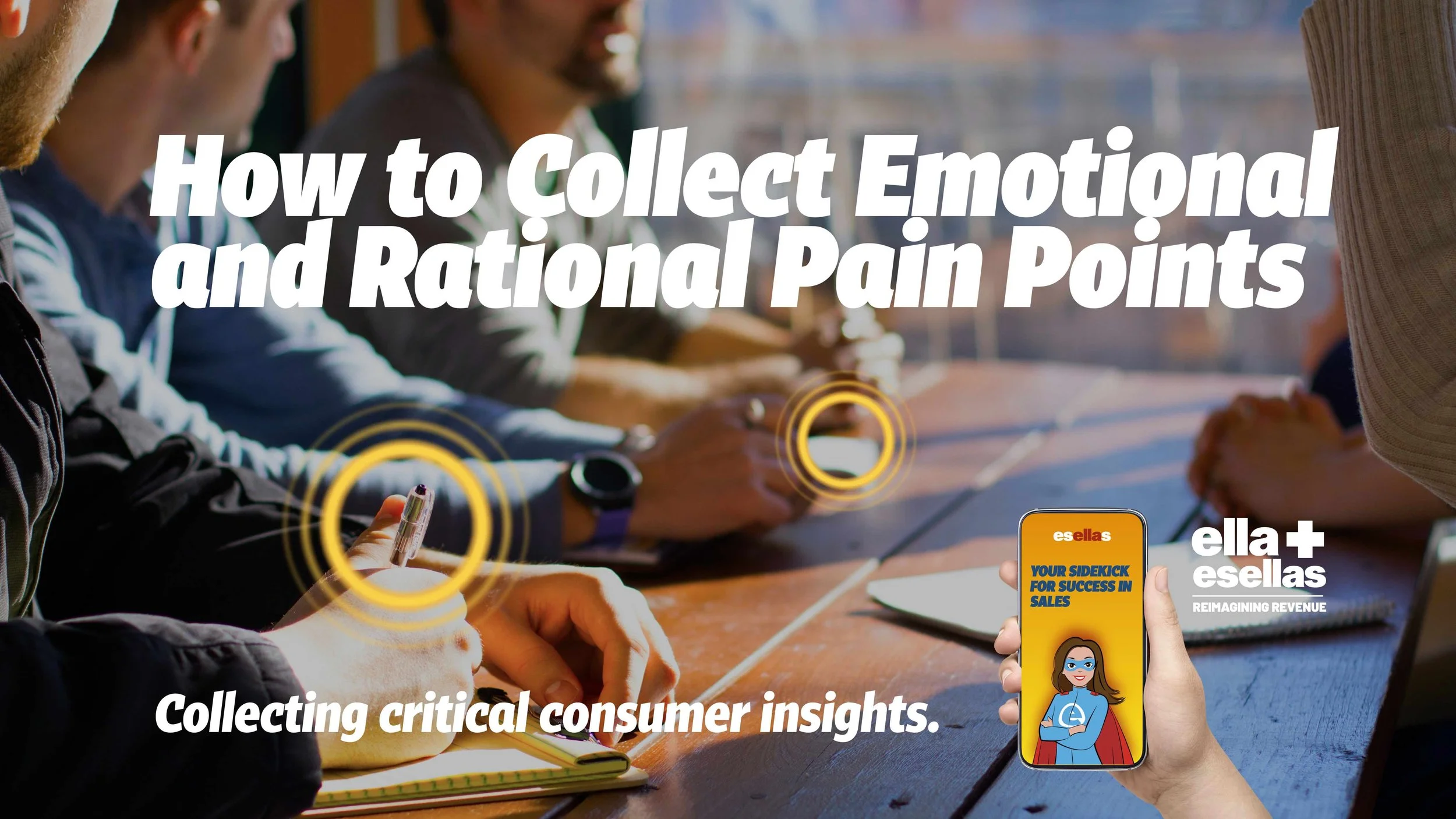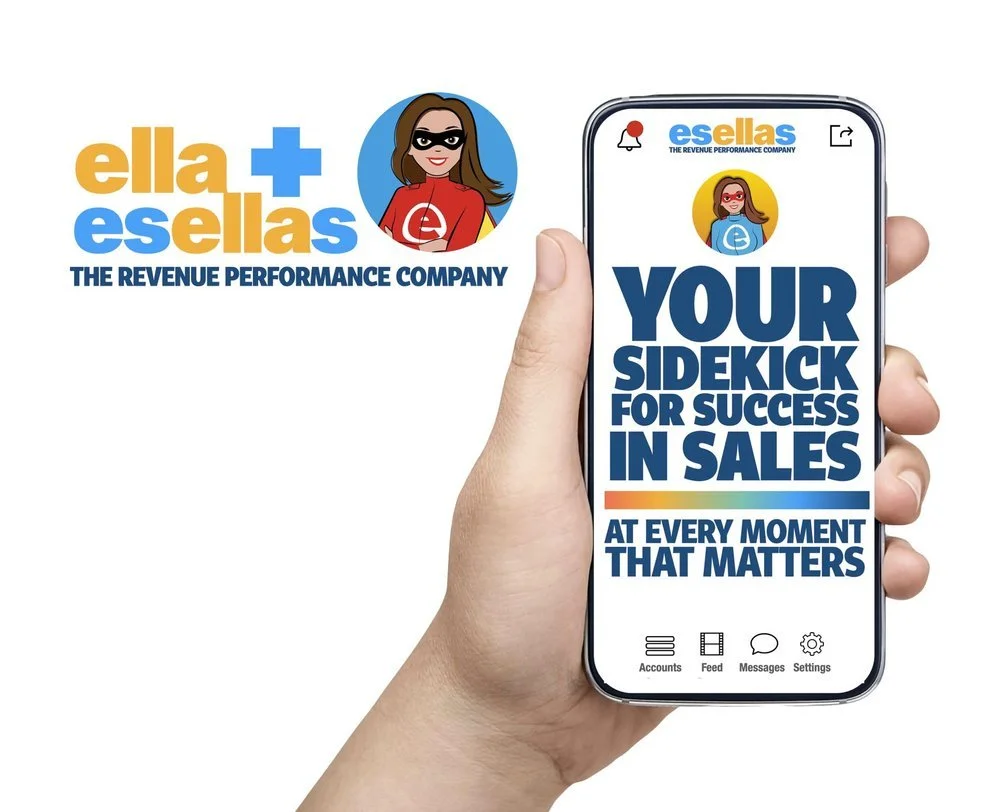How to Collect Emotional and Rational Pain Points
Collecting critical consumer insights
Collecting emotional and rational pain points from customers can be a game changer for sales and marketing professionals. That said, it’s one thing to understand what motivates consumers on a personal level, but opening yourself to feedback on your company’s products, services, or processes can be intimidating.
It’s important to remember that all of this qualitative and quantitative data can redefine your approach to selling to your target audience and greatly improve your conversion rates. Here’s what you can do to effectively collect key insights on your customers’ pain points.
Perform initial research
Community management is a valuable asset for companies, but also pressure. When you have a direct conversation with a customer, it becomes clear how well you understand your own processes, your target audience, and the pain points that your customers experience in their lives. While the purpose of this activity is to gain further insight into who your customers are, it’s important to have a strong initial understanding of your audience to show that you genuinely care.
Organization is key
As you collect your data, make sure that your insights are easy to understand and act upon. Categorize each pain point as specifically as possible to enhance the relevance of the feedback. For instance, knowing the severity of the paint point will establish how you should prioritize the changes you decide to implement. Also distinguish which aspect of your business the customer feedback relates to (product functionality, customer support, website performance, etc.).
Using customer relationship management (CRM) or reputation management tools can make collecting and analyzing user data seamless.
Utilize reputation management tools
Reputation management tools can make acquiring customer feedback an intuitive part of your buying process. Tools can prompt customers to provide reviews or feedback after purchases, subscribing, or taking similar actions. Whether or not you use a CRM or reputation management tool, make sure prompts for customer engagement and feedback are emphasized at different stages in your buyer journey.
Survey existing and prospective customers
Use your social media accounts and newsletter to regularly promote surveys that encourage customers to provide information on their emotional and rational pain points. Customers want their voices to be heard. This makes surveys a strong and effective approach to collecting this data.
Social listening
Use your customer data to learn where your target audience spends its time online. By observing your audience’s natural behavior on social media or in forums, you can gain insight into problems you may have never previously considered. Focus your attention on users that engage with industry-relevant content, or that fall within your key customer segmentation based on age, location, income, lifestyle, etc.
Encourage live engagement
You won’t receive feedback from customers if you never put yourself and your brand out there. You can encourage customers to engage with you live by responding to messages and posts on social media and message boards and running live videos and events. This requires a deep level of planning and execution but can be extremely rewarding.
How well do you know your customers’ emotional and rational pain points?
Take these steps to motivate more effective practices that appeal to the specific needs of your audience.
You’ve got this!


